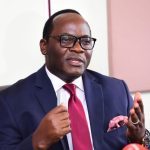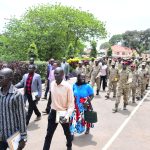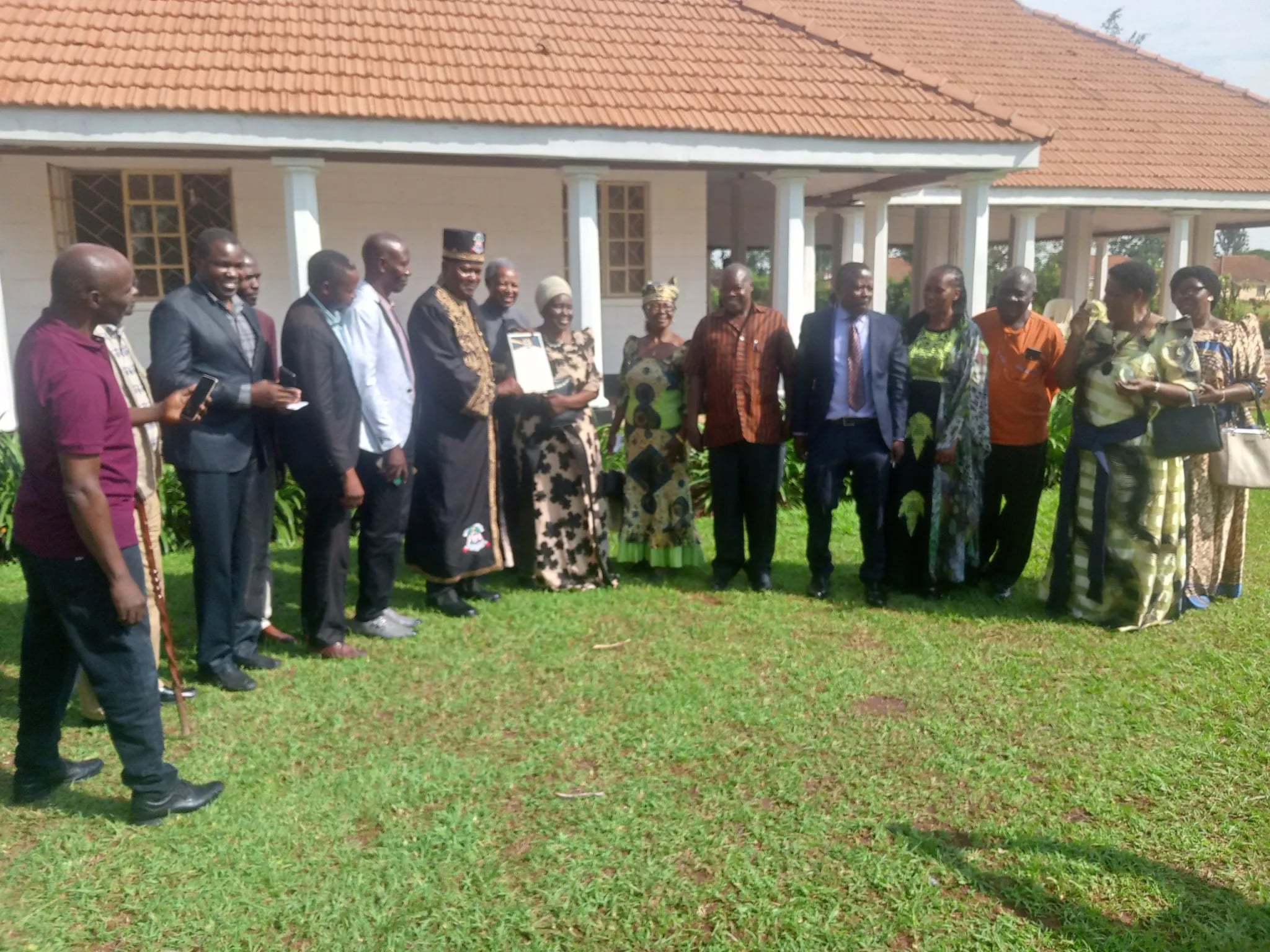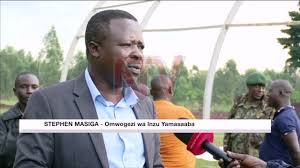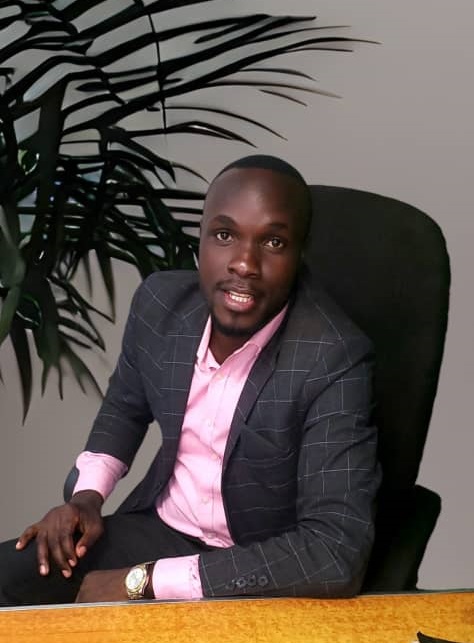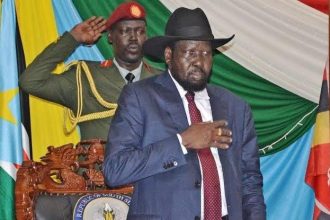During the recently concluded population census by the Uganda Bureau of Statistics (UBOS), there were several concerns raised. Some questions, such as those about occasional hallucinations and phone ownership, were not considered the most effective ways to establish people’s well-being.
A more relevant approach might have been to ask about livestock ownership (cows, goats, or rabbits) as many people, even in urban areas, are now involved in farming. Additionally, questions about animal feed expenditures could provide insight into a family’s financial situation. After all, humans can go hungry, but animals cannot. By estimating animal-related expenses, UBOS could indirectly assess a family’s well-being, including potential school fees and housing quality. This approach is more fitting for Uganda’s agricultural nature compared to a focus on technology.
As a cultural institution, we have a responsibility to determine the accurate number of Bamasaba people across the thousands of clans in Masabaland. It’s illogical for clans to appear to have more members than the total Bamasaba population.
Here’s an alternative method to estimate the Bamasaba population using refined data:
The National Resistance Movement (NRM) voter register in the seven districts of Masabaland is estimated to have around 2 million registered voters. This excludes voters for parties like the Forum for Democratic Change (FDC), National Unity Platform (NUP), Uganda People’s Congress (UPC), and Conservative Party (CP). It also doesn’t account for school children, infants, people in the diaspora, or those living in other parts of Uganda.
Professor Florence Wakakoo of the United States Bamasaba Association estimates over 1 million Bamasaba people residing outside Uganda, a view supported by Mr. Micheal Materesi, president of IMUKA in the UK.
On average, each household has three to four children who wouldn’t be registered as voters. Considering all these groups, the actual Bamasaba population is likely higher than the numbers provided by UBOS.
The Uganda Bureau of Statistics (UBOS) has made some questionable decisions that have angered the Bamasaba people, as evidenced by social media outbursts and discussions about the census. The first issue is UBOS grouping us based on the 1902 Orders in Council, which categorized the Bamasaba with the Baganda, Bakedi, and Sabinyi under the broad term “Elgon people.” This outdated classification has been superseded by various constitutional amendments.
It’s disrespectful to call us “Elgon people” after 122 years. We are the Bamasaba. The “Elgon” label is a relic of colonial categorization.
Another error made by UBOS is concluding that the Bamasaba population in the seven districts of Masabaland is around two million. Here’s why this might be misleading:
The National Electoral Commission (EC) voter roll from 2021 puts the Bamasaba population at roughly 1 million voters. When compared to the NRM voter register, the Bamasaba population of voting age alone could be around 2 million. However, this figure excludes supporters of other political parties. While political party registers can be inflated, the National Electoral Commission’s data might be a more reliable baseline.
The National Electoral Commission data, which estimates the Bamasaba population at around 1 million, was last updated around four years ago, before the 2021 elections. COVID-19 restrictions might have also caused inconsistencies.
To get a more accurate picture, UBOS could combine data from the Electoral Commission or political party registers with the number of nursery and primary school children (who wouldn’t be registered as voters) to avoid double-counting.
For example, Namisindwa District alone has over 90,000 UPE (Universal Primary Education) learners, excluding nursery school children. Similarly, Mbale District has about 70,000 pupils in government schools alone, not including nursery schools and private primary schools. Together, these two districts account for over 200,000 learners in nursery and primary education. Including data from other districts, the total number of learners could be around 1.5 million across government, private, and nursery schools.
Secondary and university students are partially captured by the Electoral Commission and political party registers since most are of voting age. However, the remaining 20% of secondary school students would need to be factored in, potentially raising the total number again.
While some non-Bamasaba people might be registered in Mbale city’s voter rolls, this number is likely insignificant and wouldn’t significantly affect the overall picture.
As previously stated, other clusters that should be investigated include school census data, which, if sampled by district, stands at over 150,000 learners per district. Mbale District alone has roughly 70,000 pupils under government sponsorship, excluding nursery learners.
These estimates alone put our population above what UBOS has reported. If we also consider the diaspora community, Bamasaba residing in Kayunga, Kiryandongo, and those in various religious groups who prefer not to be counted, as well as hunters in the forests, the number is significantly higher.
The next census, slated for the future, should be carried out with more precision if its outcome is to be accepted by our people. The cultural institution and church should be properly involved in future efforts.
The writer is a legal scholar and the spokesperson of the Bamasaba cultural institution. Tel: 0782231577.




